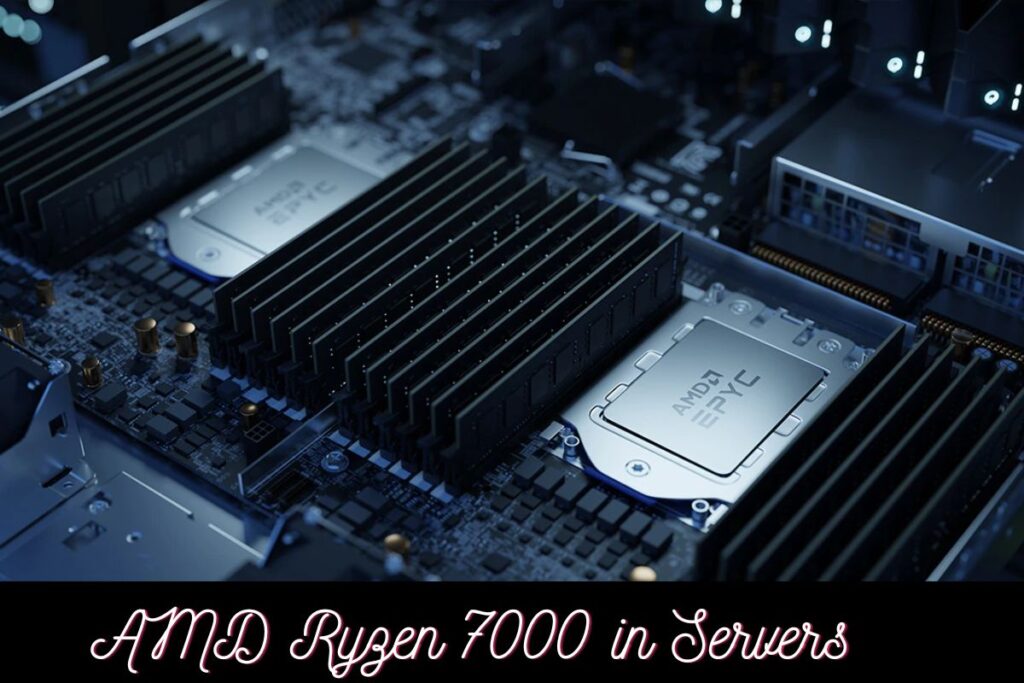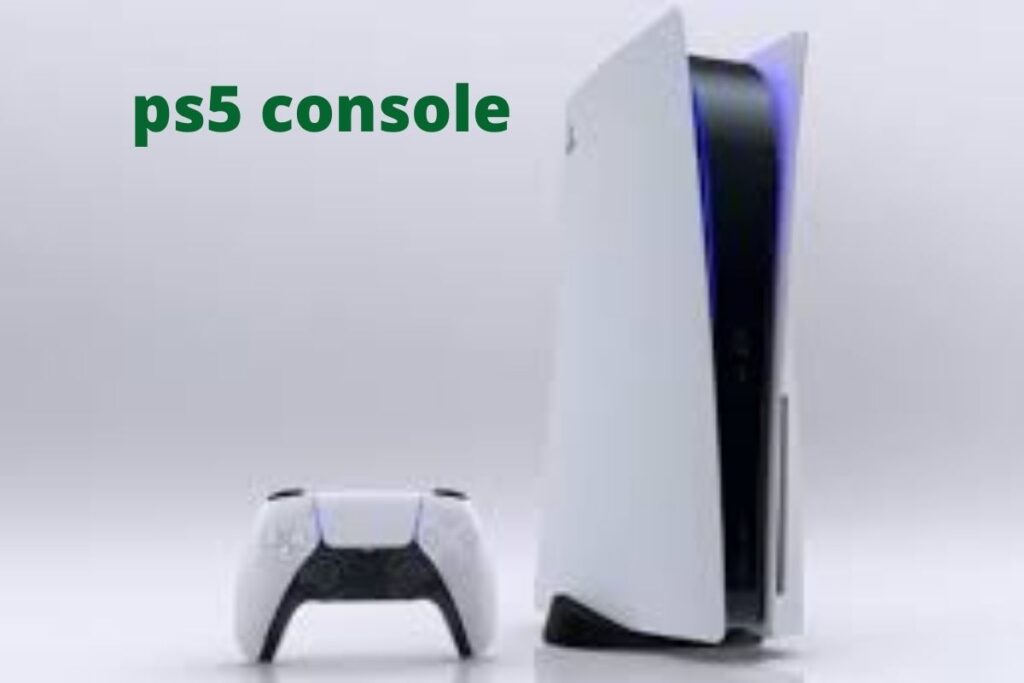Although the switch to Zen 4 microarchitecture is certainly significant, it is likely not the most significant change in AMD’s Ryzen 7000 series. For us, the most significant development is the shift from the AM4 to the AM5 platform. Because of the upgrade, AMD is now able to provide more options including DDR5, PCIe Gen5, extra display outputs (and better support for integrated GPUs), and faster USB. In this article, we’ll take a closer look at this innovative service. In a few days, we’ll post our full evaluation of the AMD Ryzen 9 7950X, so stay tuned!
Editor’s Note: We’ve been working on our evaluation of the AMD Ryzen 9 7950X for the past week. The main difficulty we had was that we only got our test system, a fantastic Falcon Northwest Talon, a week ago. When it comes to CPU-only media, many websites and analysts, both big and little, have an embargo of September 26, 2022, the same day that STH agreed to.
While this may seem complicated, the biggest obstacle we had was having only a week to complete our studies. Therefore, we will be separating the evaluation into sub-sections devoted specifically to the new chips.
Contents
AMD Ryzen 7000 Series Platform Overview
Let’s begin with AMD’s Ryzen 7000-series system-on-a-chip (SoC). Finally, we’ll be extending our reach to the AMD Socket AM5 architecture.
Using one or two CCDs with cores and caches, plus an IO Die (IOD) with the company’s memory controllers, PCIe controllers, and another I/O has been AMD’s standard procedure for producing high-performance devices ever since Zen 2. Later this week, in our Zen 4 piece, we’ll get deeper into the CCDs, but for now, we want to zero in on the IOD.
The latest IOD was created using a 6nm technology. Comparatively, this is a significant reduction from prior generations. AMD plans to employ a cheaper process for components like the PCIe and memory controllers and a more expensive one for the main cores and CCDs. An enormous step forward has been made. Here we have AMD integrating not only PCIe Gen5 and DDR5 but also an RDNA 2 GPU into a design that already had these features.
Although it is not the fastest GPU available, integrated GPUs are great for debugging and for individuals who do not require PCIe add-in graphics processing units. High-speed NICs on consumer-style platforms and troubleshooting both benefit greatly from the use of GPUs integrated into workstations.
AV1 decoding (but not encoding) and h.264/HEVC decoding and encoding are both available with AMD’s solution. As a bonus, it has a wide variety of options for visual output. The significance of this will become clear in the next part, where we demonstrate our test system using the AM5 platform.
Die size and the number of transistors has another huge ramification. With this new integrated graphics capability and increased I/O connectivity, the IOD has shrunk by 2.4% in size. Considering this, STH readers should be very excited about AMD’s upcoming generation of server and high-end workstation platforms. The number of memory channels and PCIe Gen5 lanes in those APUs will soon be increased by AMD.
The I/O die is a significant resource and is a drain on the current Zen 3 generation of components. Better options for creating large-scale platforms are in AMD’s future thanks to the development of smaller IOD technology. That’s great news for the client side, as that means we’ll soon have access to things like built-in graphics processing units.
AMD Socket AM5 Platform
Moreover, AMD’s switch to a new socket design is a big upgrade to the platform. CPUs for the AM4 platform had exposed pins that might be broken off by a heavy heatsink. Though AM4’s days of relevance are far behind us, the technology was cheaper for AMD to employ when it returned to the performance market with Zen (1). In its place comes the LGA1718-based AMD socket AM5 (Intel Alder Lake is LGA1700 for comparison.) With the new AM5 design, AMD’s processors are more comparable to Intel’s.
By switching to LGA, AMD has access to a larger number of I/O pins, increasing from 1331 to 1718. The upgrade to DDR4 and DDR5 memory is logical, and it comes with several other improvements, such as an increase from 24 to 28 PCI Express lanes. The graphics processing unit (GPU) has its x16 block, while the M.2 SSDs and the chipset each have their own sets of lanes (x4). Since AM5 processors do not have native SATA support, they needed to create a second set of lanes for M.2 SSDs. As a result, SATA is being supported by cheaper processors and controllers.
The platform only has one dedicated display output at the moment, but it can support up to three displays through USB Type-C. The number of onboard USB ports has grown little with this iteration. The chipset is responsible for the increased USB connection seen in many new motherboards. Additionally, this version of AMD features enhanced I/O and audio capabilities.
The size of the package has remained unchanged, which is a feat accomplished by AMD. Its experts additionally made the new socket work with existing heatsinks and cooling fans. We would prefer that AM4 was not designed with backward compatibility for heatsinks and fans in mind, even though many in the industry will demand this. Strange as it may seem, cooler designs will need to advance while chip power consumption rises. This is part of AMD’s strategy to keep AM5 going until 2025 (we anticipate DDR6 in 2026) when it will be a significant challenge to cool future CPUs.
AMD also has other characteristics, such as the ability to backward-compatibly upgrade a system’s BIOS for a new CPU without first needing to install an earlier CPU generation. Many of our readers have purchased Ryzen 3000 and 5000 series components, only to find that their AM4 platforms were running an outdated BIOS that necessitated an older version CPU to update. With AMD’s new technique, upgrading the firmware on an older machine no longer necessitates the purchase of a new central processing unit.
AMD X670E and X670 Chipsets
While the AMD X670E and X670 chipsets share many similarities, this diagram reveals an intriguing difference. Higher-speed USB ports, such as 10Gbps and 20Gbps ports, are among the first things we notice about the latest generation of computers. X670 and X670E are unique in that they are dual-chip solutions for chipsets. Both the upstream and the downstream ports are visible. In most cases, the I/O on the upstream chip is superior. Through the upstream chip, the CPU can access the lower-value I/O of the downstream semiconductor.
Not only is this fascinating, but it also has tremendous practical applications. A Falcon Northwest Talon system featuring an AMD Ryzen 9 7950X and an ASUS X670E ROG CROSSHAIR Hero motherboard.
No one in this room appears to be a chipset enthusiast. The reason for this is that by separating the chipset, the TDP of each chip can be reduced, and the chips can be placed far enough apart to rely on passive cooling.
The Falcon Northwest test system’s ASUS motherboard features an extremely high USB loadout due to the inclusion of both the new X670E chipset and the CPU. A short note: an ASMedia controller occupying a few PCIe lanes provides 40Gbps compatibility for USB 4. The price and the platform mean that this motherboard, which is not even the most expensive available, has additional functionality.
The primary difference between the X670E and X670 is that the former supports PCIe Gen5. Since PCIe Gen5 is still in its early deployment cycle and the recently announced NVIDIA GeForce RTX 4000 series only supports PCIe Gen4, many consumers likely won’t require PCIe Gen5 shortly. In light of this reality, X670 was developed to help reduce the price of motherboards.
Because of the added complexity and expense of supporting PCIe Gen5, AMD’s B650E and B650 chipsets are distinct from one another.
With only one chipset available, the B650E and B650 offer fewer I/O options. It also means they can be implemented with less money and space.
Final Words
The AM5 platform, the new chipsets, and the new AMD Ryzen 7000 series SoC are all significant developments for the company. It’s fantastic to see AMD move away from the antiquated Socket AM4 and onto a more modern platform.
Keep checking back with STH, as we’ll be providing a more in-depth look at Zen 4, complete with benchmark performance data. We ran out of time, as we said above, but be assured that the remaining sections of this article, as well as the movie containing all of the material now in the editing queue, will be released shortly.
Follow our site serveupdate.com and get all the latest news.




